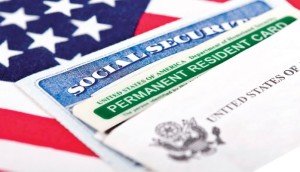May 2016 Visa Bulletin Released
The Department of State has released the 2016 May Visa Bulletin.
Employment Based-2 and Employment Based-3 categories for India moved only a few weeks. The filing date is July 1, 2009 for EB-2 India. El Salvador, Guatemala, and Honduras have their own chargeability in the employment-based category but not in the family-based category.
Family Based-2 for all non-listed chargeabilities is June 15, 2015 (spouses of LPRs). There is no filing date for the family-based categories. That will be released later this month, according to the State Department.
